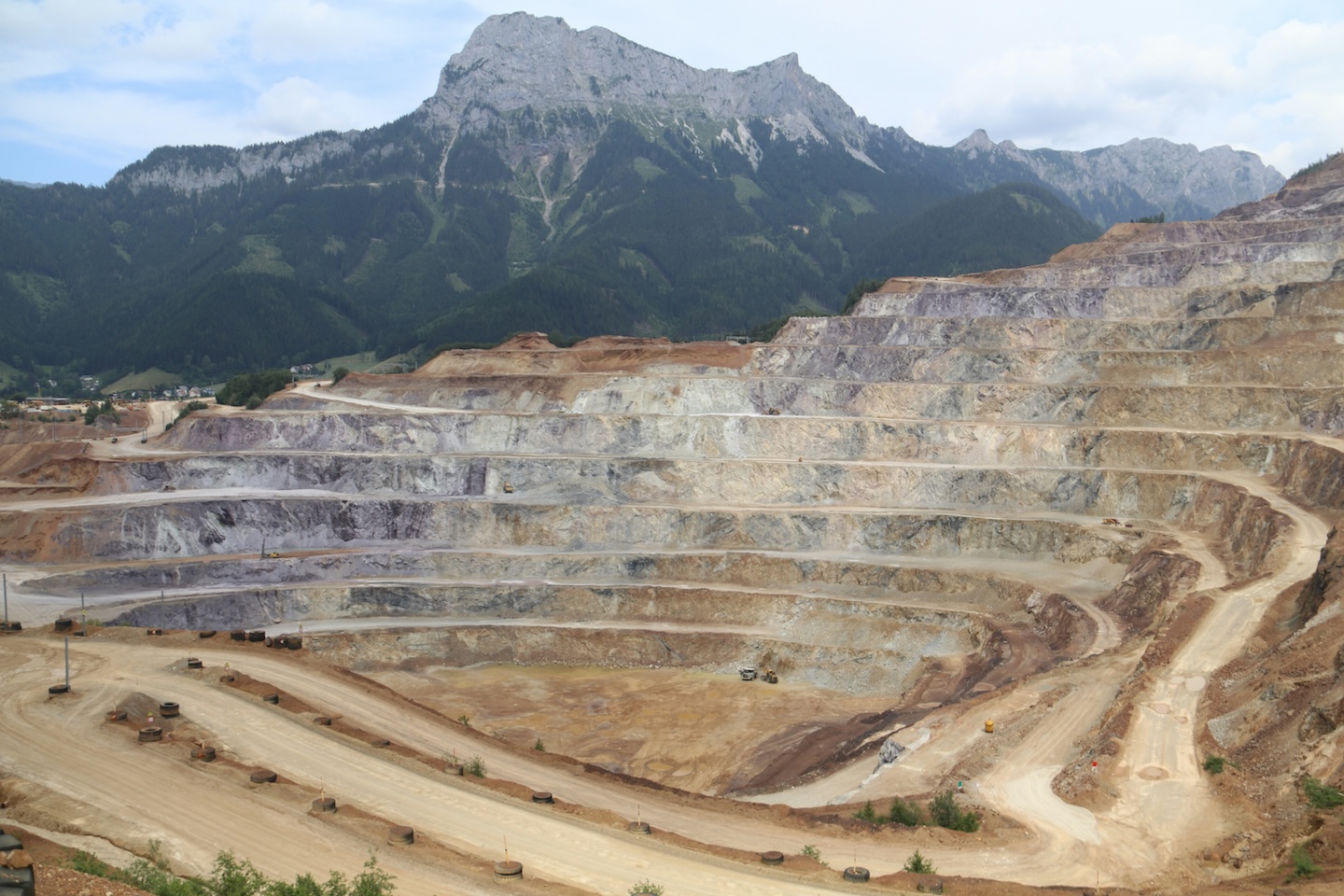
Air Quality Monitoring for Mining & Industrial Facilities
Get started todayEnhancing industrial air quality monitoring for safer environments and sustainable practices
Get in touch
Mining, smelting, and other industrial activities have a critical impact on air quality. They release harmful pollutants such as fine particulate matter and greenhouse gases that negatively affect human health and increase air pollution.
Implementing air quality monitoring solutions at industrial sites enables real-time measurement of pollution levels and can be a gamechanger to protect industry workers and surrounding communities.
Proven success with air monitoring for mining & metals operations

.png)

Air quality monitoring success stories
Why Sensing-as-a-Service℠ for air pollution monitoring?
No separate software purchase. No add-on warranties. No unexpected expenses.
With one upfront service, we’re giving you the affordability, flexibility, and autonomy to eliminate all of your air quality blind spots.

Easily deployed air monitoring devices
Self-powered Clarity Node-S air quality monitoring hardware measures PM2.5 and NO2 and serves as a platform for additional modules that measure Wind, Black Carbon, and Ozone.
Explore our devices
Cloud data management & visualization
Air quality measurements and air sensor network status are easily accessible in real-time via Clarity’s user-friendly Dashboard, REST API, and OpenMap.
Learn more about Clarity CloudExpert air quality project support
An experienced Environmental Project Manager to help you define a project plan and guide you through Collocation and Calibration of your devices.
The impact of mining & industrial activities on air quality
Mining and industrial operations significantly contribute to air pollution through greenhouse gas emissions, fine particulate matter, organic compounds, and chemicals. These pollutants have detrimental effects on climate change, human health, and the environment, highlighting the urgent need for comprehensive air quality monitoring and mitigation measures.
Here are common pollutants generated from industrial activities:
Particulate Matter
Fine particulate matter emissions from mining and industrial activities have significant negative effects on health, causing respiratory damage and premature death.
Greenhouse Gas Emissions
Mining and industrial operations contribute to air pollution, including greenhouse gas emissions that affect climate change.
Organic Compounds and Chemicals
Industrial processes release organic compounds, carbon monoxide, hydrocarbons, and other chemicals, contributing to air pollution and atmospheric warming.
Other Pollutants
Mining and industrial operations release pollutants such as toxic metals, particulates, nitrogen oxides, sulfur oxides, methane, carbon monoxide, and benzene, which can impact air quality, ozone formation, and the greenhouse effect.
.webp)
First Quantum Minerals' air quality monitoring success with Clarity
First Quantum Minerals, a leading global copper company, revolutionized their air quality monitoring system at the Kansanshi Mine in Zambia.
By deploying Clarity's advanced Node-S devices, they achieved improved data accuracy, cost savings, proactive community relations, and received positive feedback from auditors, highlighting the effectiveness of Clarity's solution. Find out how their partnership with Clarity enabled them to take proactive steps towards environmental responsibility while enhancing operational efficiency.

Importance of air quality sensors in mining operations

Continuous Air Monitoring
assess real-time air pollution levels, air composition and regulatory compliance
Impact Assessment
the Wind Module can help with source attribution and determine the dispersion and movement of air pollutants

Community Relations
leverage real-time air pollution data to inform local community on recommended behaviors during pollution peaks

Precise, Local Air Pollution Measurements
a network of several low-cost sensors can provide precise and exact measurements of the pollution across the facility
Frequently Asked Questions
How can Clarity help industrial sites monitor and reduce air pollution?
Clarity’s modular sensor network delivers real-time measurements of key pollutants like PM₁₀, PM₂.₅ NO₂, O₃, and black carbon. Industrial sites use this data to track emissions, identify pollution hotspots, and make operational changes to reduce exposure and comply with air quality goals. Our Add-On Services also help facilities translate data into actionable mitigation strategies.
Is Clarity’s system compliant with regulatory standards for industrial monitoring?
While Clarity sensors are not federal reference methods (FRM/FEM), they are designed to meet regulatory-grade data performance targets through continuous calibration and rigorous QA/QC. Our Black Carbon Module and FEM Ozone Module offer additional options for compliance-focused monitoring.



